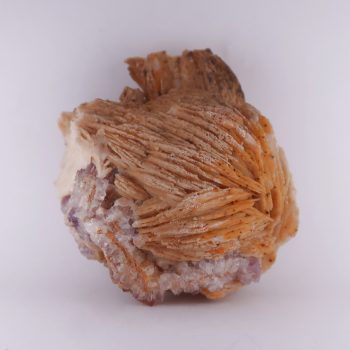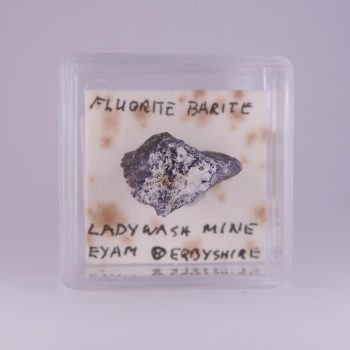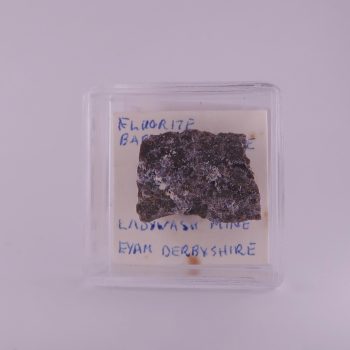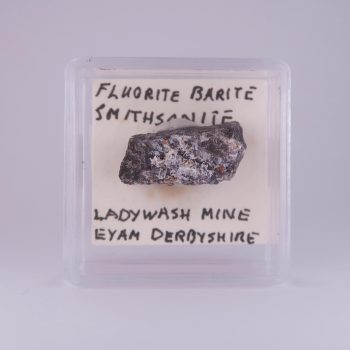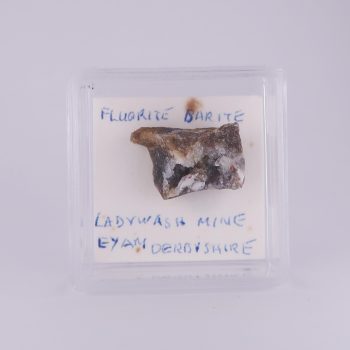Fluorite
Fluorite is an amazing mineral beloved by many collectors worldwide.
It occurs in quite a few different colours – yellows, greys, clear, blue, greens, purples.. the crystal formations it grows into can be pretty fascinating too. The ‘etched’ cubic crystals are extremely interesting.
There are too many classic Fluorite locales around the world for me to even come close to listing them in a brief piece of text. In the UK, however, County Durham Fluorite is among the most beloved by collectors.
Showing all 47 results
-
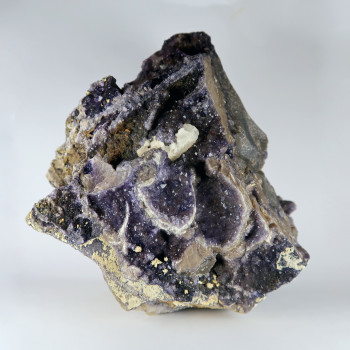
Blue John Mineral Specimens
£150.00 -
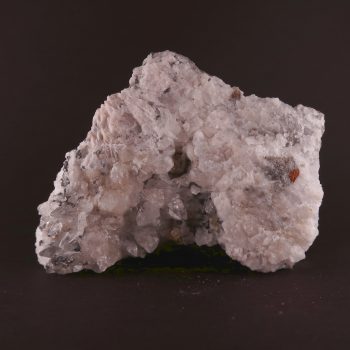
Calcite, Fluorite and Galena from Hartsop Hall Mine, Cumbria
£20.00 -
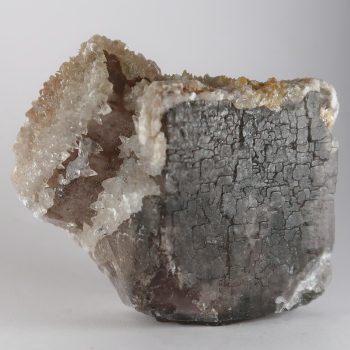
Fluorite and Calcite specimens
£25.00 -
New
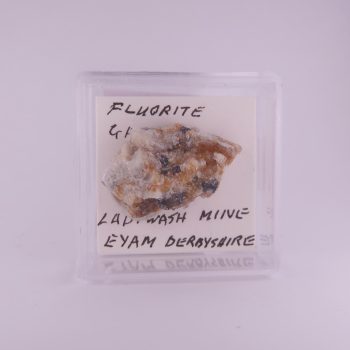
Fluorite and Galena from Ladywash Mine, Derbyshire
£2.50 -
New
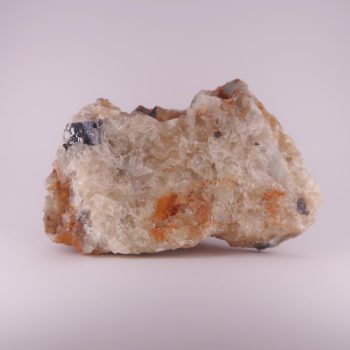
Fluorite and Galena from South Tamar Consols, Devon
£10.00 -
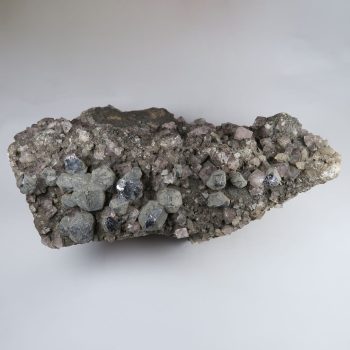
Fluorite and Galena mineral specimens
£4.00 – £15.00 -
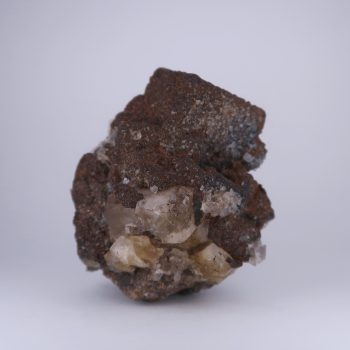
Fluorite and Siderite from Boltsburn Mine, County Durham
£15.00 -
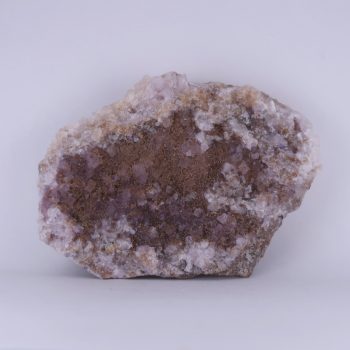
Fluorite and Smithsonite from Coldstones Quarry, North Yorkshire
£12.50 – £15.00 -
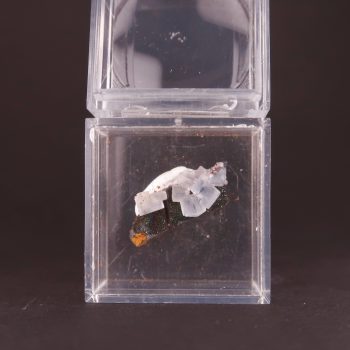
Fluorite and Specularite from Ullcoats Mine, Cumbria
£5.00 -
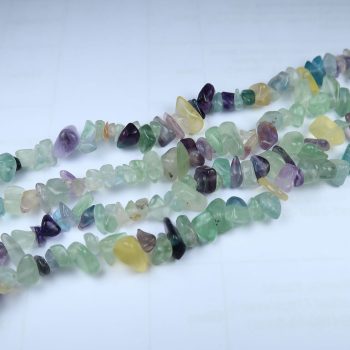
Fluorite bead strands
£3.00 – £7.00 -
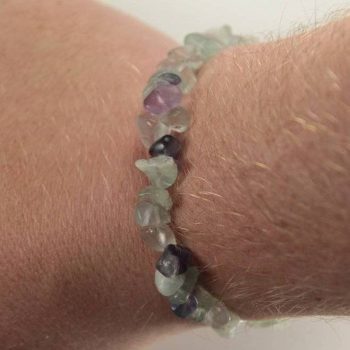
Fluorite Bracelets
£2.00 – £3.50 -
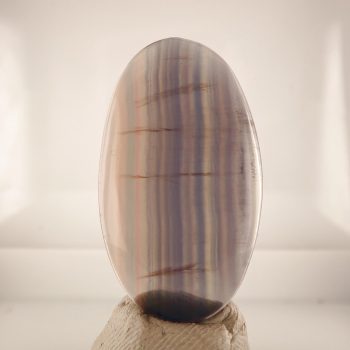
Fluorite cabochons (Freeform)
£5.00 -
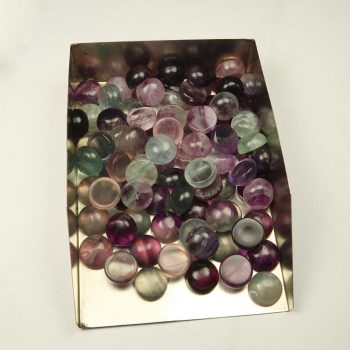
Fluorite Cabochons (Rainbow)
£1.50 – £7.50 -
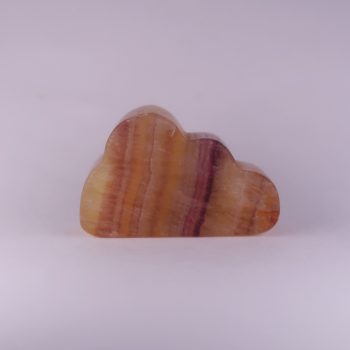
Fluorite cloud carvings
£7.50 -
New
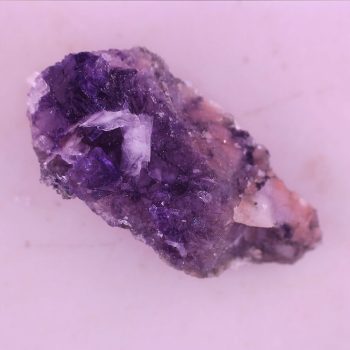
Fluorite from Ardragh Quarry, Ireland
£3.50 -
Updated
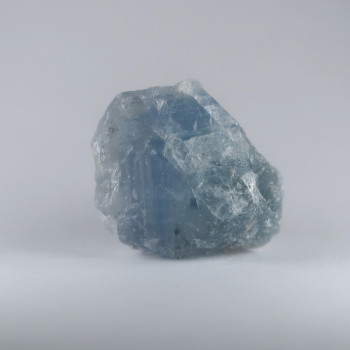
Fluorite from Bere Alston Mines, Devon
£3.00 – £25.00 -
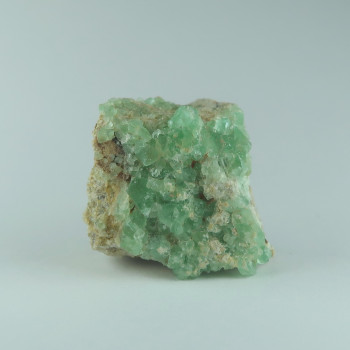
Fluorite from Berta quarry and mine, Spain
£5.00 -
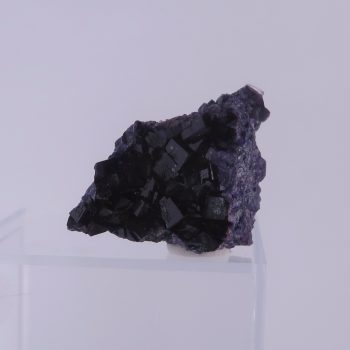
Fluorite from Cavendish Mill, Derbyshire
£15.00 -
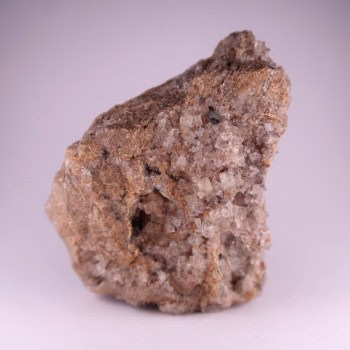
Fluorite from Hartley Birkett Mine, Cumbria
£12.50 -
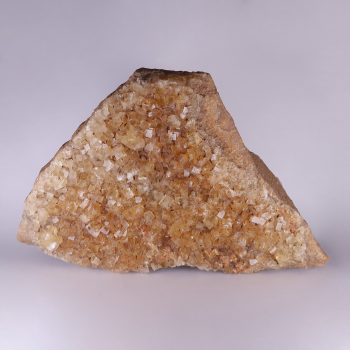
Fluorite from Hilton Mine, Cumbria
£3.50 – £50.00 -
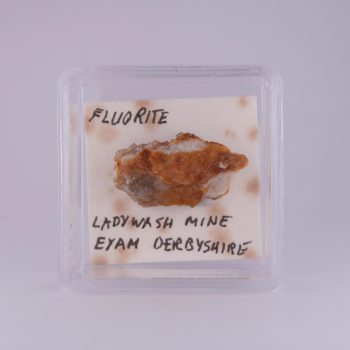
Fluorite from Ladywash Mine, Derbyshire
£1.00 – £4.00 -
New
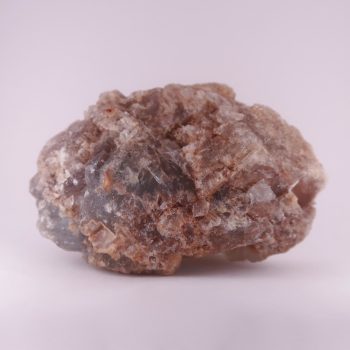
Fluorite from Lockridge Mine, Devon
£12.50 -
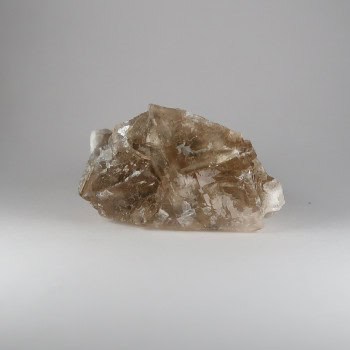
Fluorite from Moscona Mine, Spain
£10.00 – £12.50 -
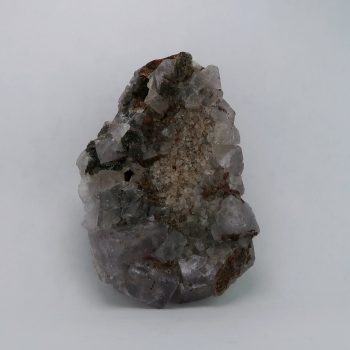
Fluorite from Newlandside Quarry, County Durham
£4.00 – £10.00 -
Updated
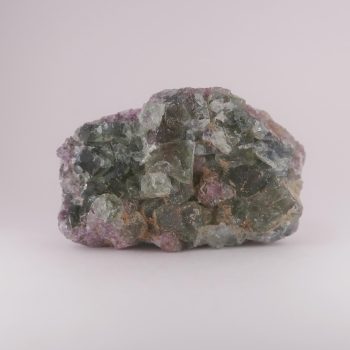
Fluorite from Okorusu Mine, Namibia
£2.00 – £12.50 -
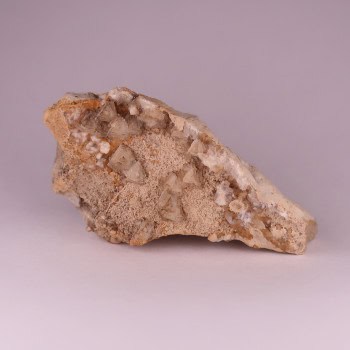
Fluorite from Old Towns Quarry, Darlington
£10.00 -
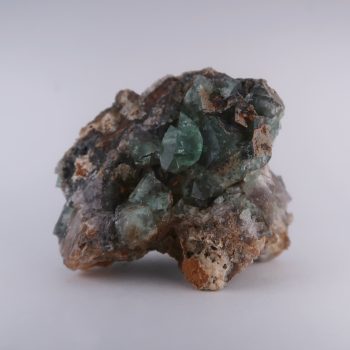
Fluorite from Rogerley Mine, County Durham
£45.00 -
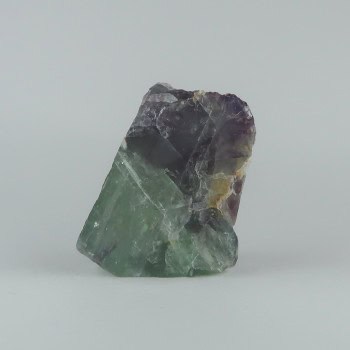
Fluorite from the Navidad Mine, Mexico
£5.00 – £6.00 -
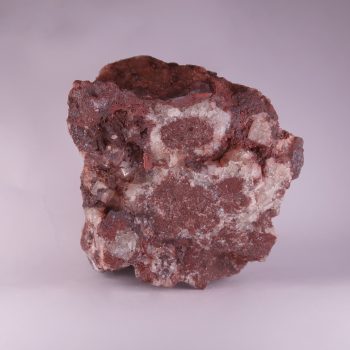
Fluorite from Ullcoats Mine, Cumbria
£5.00 -
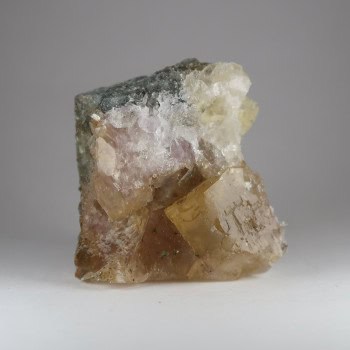
Fluorite from Villabona Mines, Spain
£7.50 -
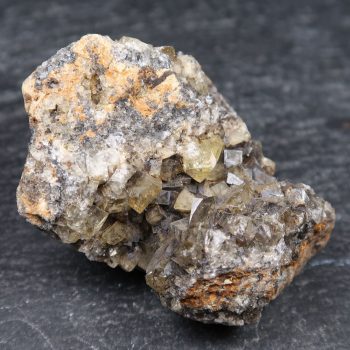
Fluorite mineral specimens
£5.00 – £20.00 -
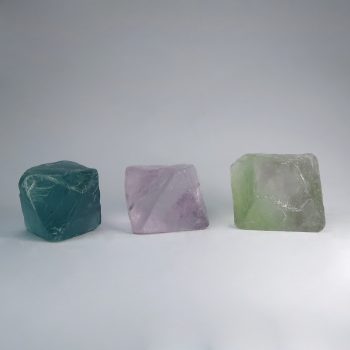
Fluorite Octahedrons
£2.00 – £3.00 -
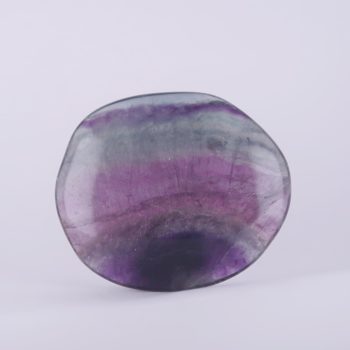
Fluorite Palmstones (Rainbow)
£3.50 – £7.50 -
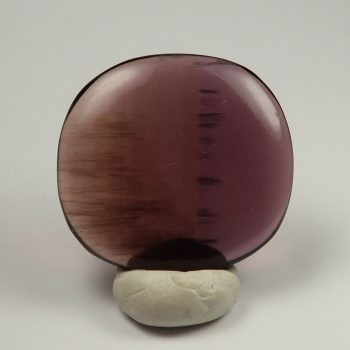
Fluorite Palmstones (Smoky)
£5.00 – £7.00 -
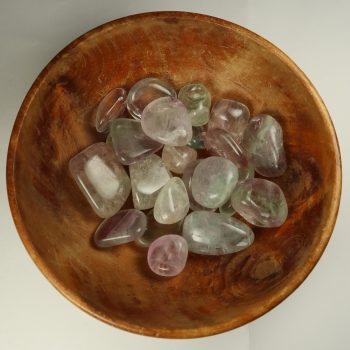
Fluorite tumblestones (Clear/Pale)
£1.00 – £2.00 -
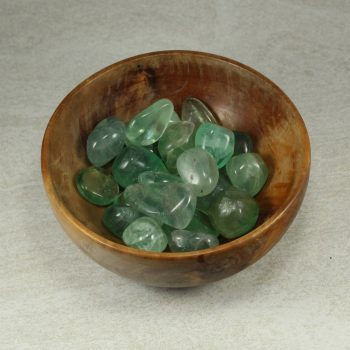
Fluorite Tumblestones (Green)
£1.00 – £2.50 -
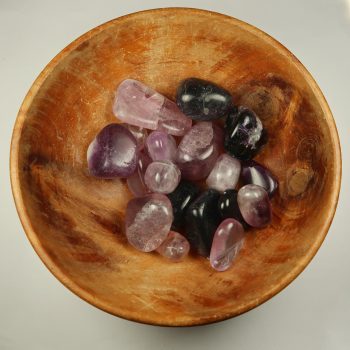
Fluorite tumblestones (Purple)
£1.00 – £2.00 -
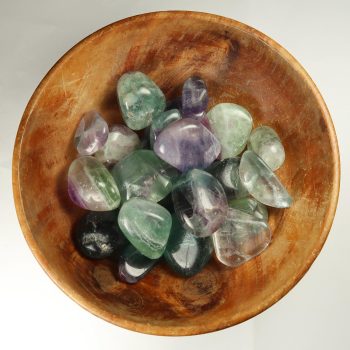
Fluorite Tumblestones (Rainbow)
£1.00 – £2.50 -
New
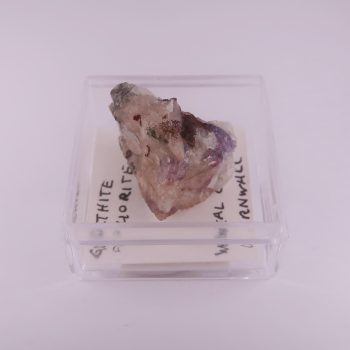
Goethite and Fluorite from Wheal Cock, Cornwall
£10.00 -
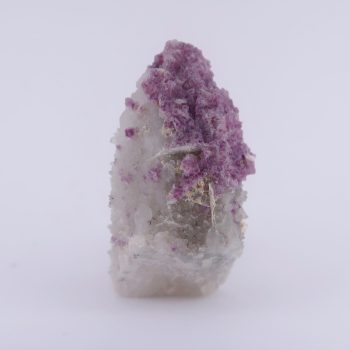
Quartz points with Fluorite
£8.00 -
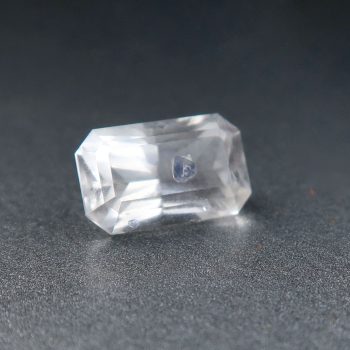
Quartz, faceted (Fluorite included)
£125.00 -
New
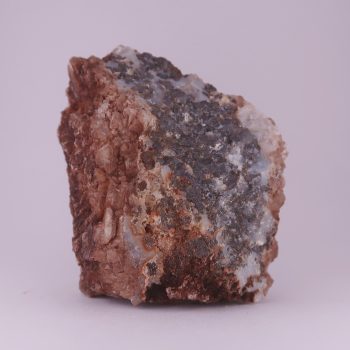
Sphalerite and Fluorite from Furzehill Mine, Devon
£7.50
Appearance, Uses and History
Fluorite is the mineral form of calcium fluoride.
In industry, it is used as a flux for smelting, and a source of fluoride. The industrial term is ‘fluorspar’, while ‘fluorite’ is typically used in a geological and mineralogical context.
It is used in the manufacture of hydrofluoric acid, a reasonably terrifying acid. The material is also used for optics – optically clear pieces of fluorite do not exhibit as much chromatic aberration as other materials and are excellent for use in microscopes, telescopes, and the ultraviolet/infrared ranges.
It can also be used in the manufacture of certain glasses and enamels.
It is worth taking a moment to clarify the differences between fluorite, fluoride, and fluorine – a single letter makes quite a difference!
- Fluorine is a chemical element, number 9 on the periodic table.
- Fluoride is a naturally occurring mineral, often used to help with dental health.
- Fluorite is a naturally occurring crystalline mineral.
Fluorite gives its name to the phenomenon of fluorescence, a form of luminescence exhibited by many Fluorite specimens.
Fluorite is loved by collectors due to its wide range of bright colours, and fascinating crystalline formations – it has, in fact, been dubbed ‘the most colourful mineral in the world’. I’m sure Tourmaline would have something to say, but…
British Fluorite is extremely popular worldwide, with Fluorite specimens from County Durham and Derbyshire considered exceptional.
There are, of course, numerous jewellery and lapidary usages of Fluorite. There are numerous excellent carvings of the stone found, including Roman cups and chalices.
It is relatively soft, and therefore not ideal for jewellery usage, but Fluorite cabochons and beads are quite common. Jewellery containing Fluorite should ideally be designed to protect the stone.
Locales
Fluorite is extremely common with locales in almost every country.
Fine specimens are found in Argentina, Austria, Belgium, Brazil, Canada, China, Czechia, France, Germany, India, Mexico, Morocco, Namibia, Norway, Pakistan, Poland, Portugal, Spain, Tunisia, the UK, and the USA.
Mineralogy
Massive, crystalline, nodular, botryoidal, granular, octahedra, massive.
Hazards and Warnings
Fluorite is safe to handle, and while it does contain Fluorine, this is not typically a risk factor.
Powdered Fluorite mixed with concentrated Sulphuric acid can produce hydrofluoric acid, which is very dangerous – but realistically, you’re probably not going to be powdering it and mixing it with acids!
Almost all rocks, minerals (and, frankly, almost all other substances on earth) can produce toxic dust when cutting, which can cause serious respiratory conditions including silicosis.
When cutting or polishing rocks, minerals, shells, etc, all work should be done wet to minimise the dust, and a suitable respirator or extraction system should be used.
Translations
Arabic:
- فلورايت
- الفلوريت
- الفلورسبار
- الفلوريت معدن متبلور
Hindi:
- फ्लोराइट
- एक प्रकार का धात्विया
Portuguese:
- fluorita
- espatoflúor
Bengali:
Indonesian:
- fluorit
Punjabi:
- ਫਲੋਰਾਈਟ
- ਫਲੋਰਸਪਾਰ
English:
- fluorite
- fluorspar
Italian:
Russian:
- Флюорит
- плавиковый шпат
French:
- la fluorine
- spath fluor
Japanese:
- 蛍石
Spanish:
- Fluorita
- Espato fluor
German:
- Flussspat
- Fluorit
- Flußspat
Korean:
- 형석
Thai:
Gujurati:
- ફ્લોરાઇટ
Mandarin and Traditional Chinese:
- 软水紫晶
- 萤石
- 螢石
Urdu:
- فلورائٹ
- فلورسپار

